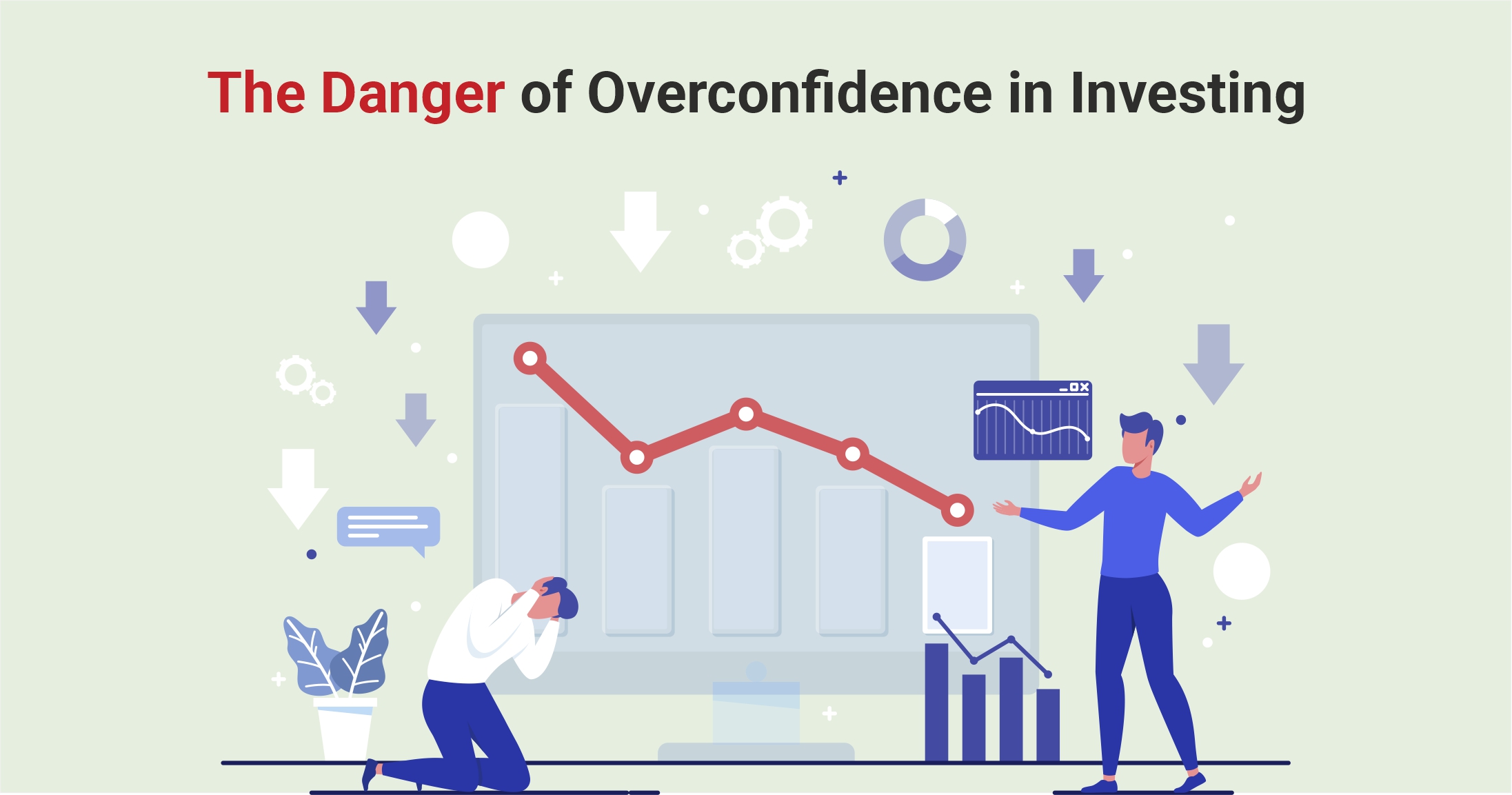
Let us assume that you had invested a certain amount of money and within a short time, it doubled. How would you feel? Excited? Confident that you’ve figured out the market? Maybe even tempted to take bigger risks because of that success?
That rush is natural, but it’s also one of the most common behavioural biases: Overconfidence bias.
Overconfidence bias happens when you, as an investor, are overconfident in your ability to select winning investments, predict market movements, or judge risk.
That leads to unnecessary trades, excessive betting, and ignoring warning signs. Over time, the impact shows up in higher losses.
Overconfidence in investing generally shows up in three ways:
You might see it when someone says, “I know this stock will double within the year,” or when an investor refuses to consider that they could be wrong. Sometimes, it’s not that obvious; it might simply be making decisions without checking data or thinking risks don’t apply to you.
Here are some of the ways overconfidence bias affects
When you are overconfident, you might believe you can predict the market. You trade frequently, trying to catch every short-term move. However, frequent trading often leads to higher transaction costs and tax liabilities, which can adversely affect overall returns.
When you think your judgment is superior, it’s natural to put most of your money into a few “sure” investments. In reality, it increases portfolio volatility and risk.
When you are overconfident, you might take more risks. You may believe that you can "manage" market swings or that negative events will not affect your holdings. As a result of this attitude, you may be inclined to take on investments that do not match your actual risk tolerance.
In overconfidence bias, you tend to ignore warning signs, even when a portfolio review shows lagging funds or underperforming investments. Instead of making adjustments, you convince yourself that your choices will eventually pay off.
This often goes hand in hand with confirmation bias, where you only pay attention to information that supports your decisions while dismissing anything that challenges them.
There is a tendency among investors to believe that they have "known it all along" after a significant market move. This is called hindsight bias, and it increases overconfidence for future decisions, even if the original success was largely due to luck.
You may be showing signs of overconfidence if you:
There should not be a complete elimination of confidence; it is a necessary element to take action. Nevertheless, the objective is to maintain a level of confidence that is firmly rooted in reality.
Make sure that the information you receive is accurate before investing in a new investment. Company financial statements, independent research, and performance records spanning a long time can all be sources of information. Make sure at least two sources of information are checked before making any decisions.
Prepare a written investment plan that is easy to understand. It should include the target asset mix, risk profile, and the schedule for review and rebalancing. When you write it down, it will be easier to think of a reason for the move, which will help avoid impulsive decisions.
It is not necessary to monitor your portfolio on a daily or weekly basis. Most investors only need to check their accounts once a month or once a quarter. Don't respond to every news story. By doing this, you'll be able to limit the probability of making decisions based on short-term fluctuations.
Avoid concentration of your investments in any one sector, asset class, or geographical area. By doing so, you are eliminating the possibility that one bad decision will drag the whole portfolio down.
Determine how much you are willing to take a risk in a particular investment in advance. Employ stop-loss orders or position size limits. Test your portfolio with various scenarios to find potential issues.
Get a second opinion from a trusted professional. You should make it clear that you want them to find the weak points in your ideas, not just to agree with you.
Write down why you made each investment, what you expect, and when you will review it. Compare your forecasts with the actual outcome later. It is difficult to forget your accuracy if you follow this practice.
Compare your returns with a relevant market index. You should reevaluate if you are underperforming the index despite your active decisions.
It is possible to create a false sense of certainty when you have too much low-quality information. Don't chase every opinion you hear or read; instead, focus on a few trusted sources.
There can be a core portfolio for stability and a small, defined section for high-risk ideas. In this way, speculative decisions can be controlled.
No investor gets it right every time. You should build flexibility into your plan and be willing to change your mind if new facts emerge.
Overconfidence in investing is not only a characteristic of a certain type of personality, but it is also a quantifiable bias with definite adverse impacts on the results. It causes the investor to engage in excessive trading, assume excessive risk, and overlook valuable information. This implies that one should rely on facts to make decisions, follow a written plan, manage the portfolio appropriately and be receptive to feedback. Eventually, this strategy will help to save funds and increase the probability of financial objectives being met.